|
An in-depth reflection on the issue by the father of the GNU (free software/Linux), Richard Stallman. Long but worth it.
For those who don't have the time, here a brilliant comic from Bansky.
0 Comments
A movie named "Monsters" must contain monsters. But in its breathtaking final scene, we realize they should not be called Monsters but perhaps simply Beings. Let a filmmaker dare to imagine a truly alien lifeform and it's "Monsters", a rather special achievement. It's based on characters, relationships, fear of letting go of what we have, of breaking lose, and although the movie's special effects are important, it's not about special effects. The story, set some years in the future, explains that a probe was sent to Europa to search for life. On its return, it crash-landed in Mexico and whatever was on board found the conditions here suitable. The Beings have occupied a wide swath of northern Mexico, known as the Infected Zone, and travel through it is forbidden. A massive wall has been constructed to keep the creatures out of the United States, and Air Force planes fire missiles at them.
There's an obvious parallel with the current border situation between the two countries and the controversy over undocumented aliens. And another one with recent wars, where expensive and advanced warfare techniques are used to try to annihilate everything that is unknown. A process of demonization of what is unknown is going on, but are these beings actually a threat? The journey takes us through wastelands of devastation but a brief comment, almost a throwaway line, suggests that the creatures grow agitated when attacked. Many a creature does. There isn't a single shot on camera of a Being actually assaulting anything without provocation. We see evidence of the aliens. We hear their mournful sounds. We see them unclearly in night vision images on television news. Andrew and Samantha, the main characters, like many a movie couple before them gradually get close as they share the journey. But theirs is not a conventional romance. It's more about learning to see another person. "Monsters" was written and directed by Gareth Edwards who also created all the special effects. He shot on location. All of the characters, except the leads, are played by locals. They're untrained, which means they're all the more convincing. Edwards had a minuscule budget, but let's say he knew how to spend it. "Monsters" holds our attention ever more deeply than we realize. We expect that, sooner or later, we'll get a good look at the aliens close up. When we do, it's not a disappointment. They're ugly and uncannily beautiful, we've never seen anything like them, and their motives are made clear in a sequence combining uncommon suspense and uncanny poetry. Edwards is brilliant at evoking the awe and beauty he has been building toward, and at last we fully realize the film's ambitious arc. I think the lesson may be: Monsters are in the eye of the beholder. Sometimes an unknown "evil" might be better than a known "good". After you meet a "Monster", you might not want to go home... The fascinating Blanket Octopus Click for video The blanket octopus (Tremoctopus), is a genus with four species that, until recently, had only been described based on female specimens. The reason for this is that the females of this species are large (up to two meters long) and have fleshy, capelike "blankets" that extend down their longest arms, while the males are many orders of magnitude smaller and tens of thousand times lighter, making the blanket octopus one of the most extreme cases of sexual dimorphism in the animal kingdom. The females of many octopus species outgrow their male counterparts, a strategy that seems to work for their non-social system. These reclusive cephalopods live alone and, when the time to mate comes, the females are found carrying an entire clutch of eggs while the males "only" contribute with the sperm, which comes in small packets called spermatophores. The bigger the female, the more eggs she is able to carry, and this translates into better odds at continuing the genetic line. The blanket octopus has taken this principle to such an extreme that it took years to even identify males of the genus, which measure no longer than 2.4 centimetres! It wasn't until just a decade ago that scientists finally found their first identifiable live male blanket octopus. The tiny fellow swam up toward a dive light on a night research light the northern Great Barrier Reef in Australia. To mate with their large female counterparts, who might carry around 100,000 eggs, the males secrete their spermatophores into a pouch on their specialized third right arm (the hectocotylus) and leave it in or on the body of the female, where it will be used to fertilize the eggs when she is ready to lay. The male is assumed to die soon after he has made his contribution, while the female carries the eggs in a long strand until they hatch. The blanket of this particular octopus, which can be rolled up when not in use, helps her appear much bigger to potential predators, a effective defensive strategy in the animal world. The most well studied species of this group, the common blanket octopus or violet blanket octopus (T. Violaceus), also has the ability to drop portions of her web to serve as a distraction to potential predators.
But both males and small females have an additional and surprising option for defence. These octopuses are apparently immune to the sting of Portuguese man-o-wars (Physalia Physalis) and have been known to collect stinging tentacles from the poisonous jellyfish-like creature to wield them like weapons for fending off predators. 70% of our planet is made of oceans and seas. 97% of that 70% is still uncharted territory. And we are destroying it, so much so that by the year 2048 all commercial fish species will be extinct. We've only explored about 3% of what's out there in the ocean. Already we've found the world's highest mountains, the world's deepest valleys, underwater lakes, underwater waterfalls. There's still 97%, and either that 97% is empty or just full of surprises. David Gallo: Underwater astonishments (click for video) In a place where we thought no life at all, we find more life, we think, and diversity and density than the tropical rainforest.
Laura |
The AuthorA Mind full of Ideas Archives
June 2018
Tags
All
|



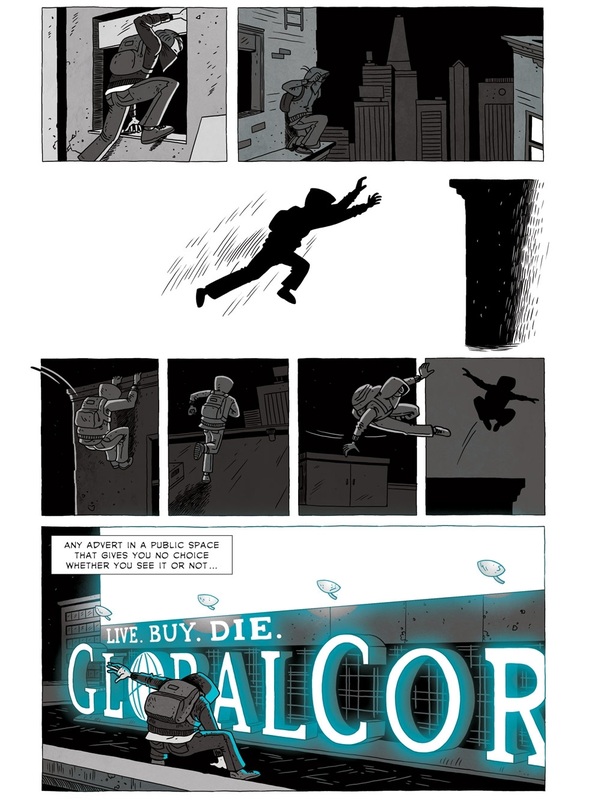
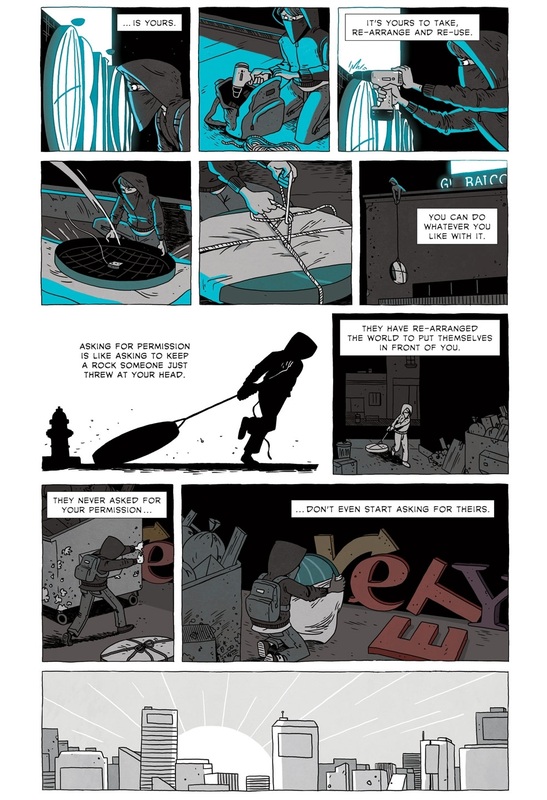
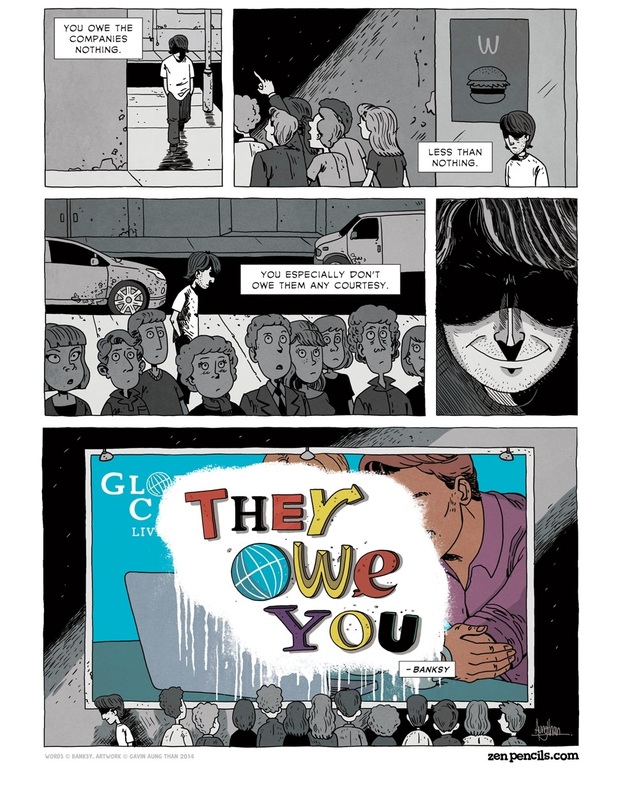
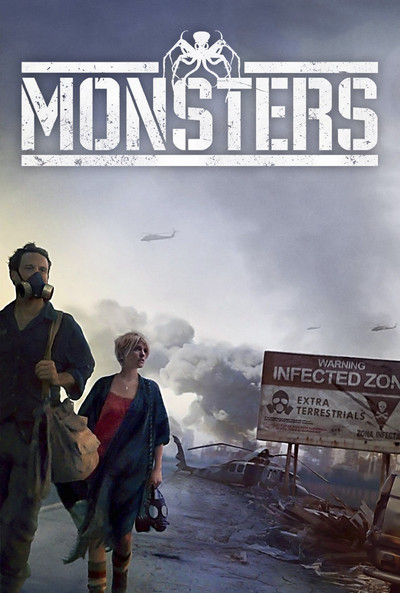
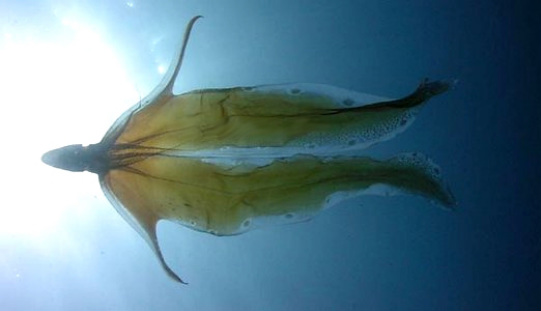
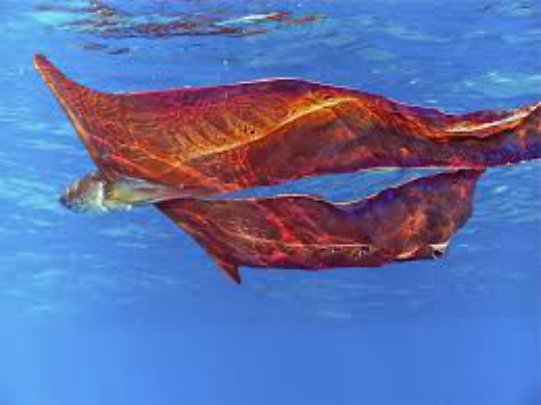
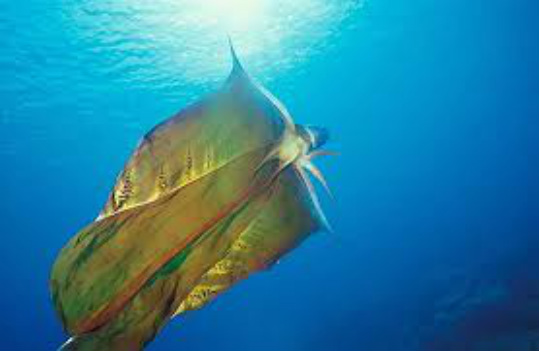
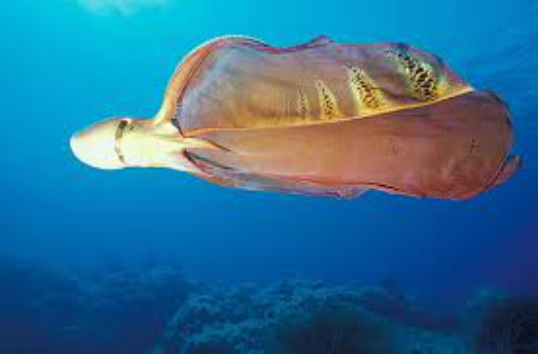
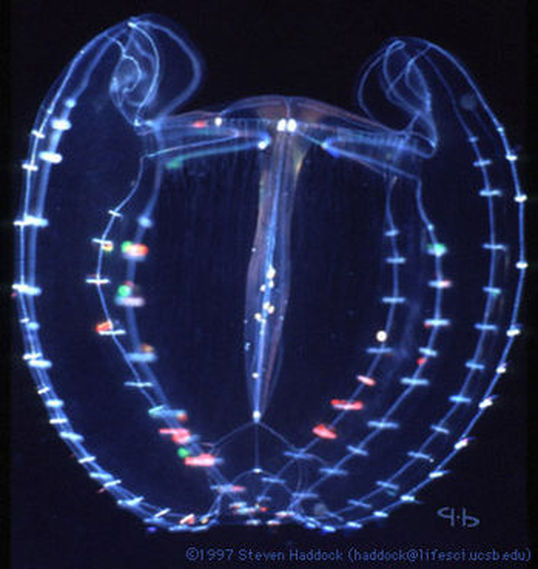
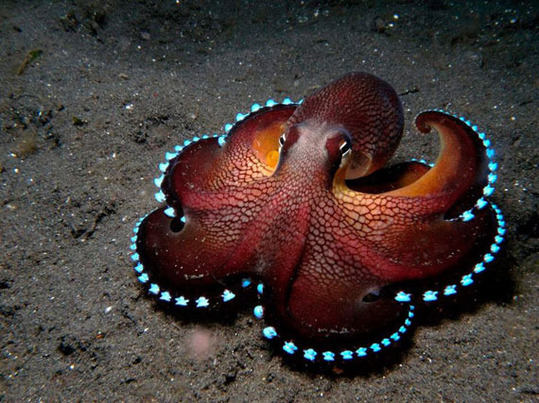
 RSS Feed
RSS Feed
